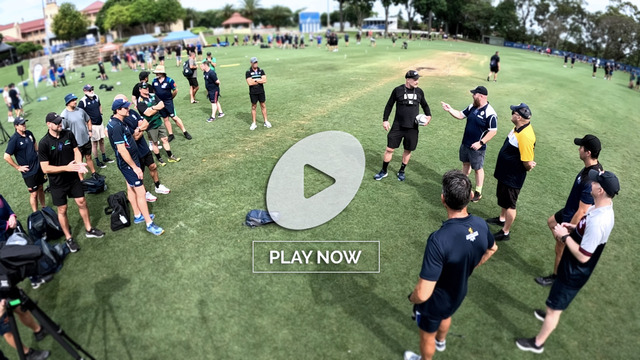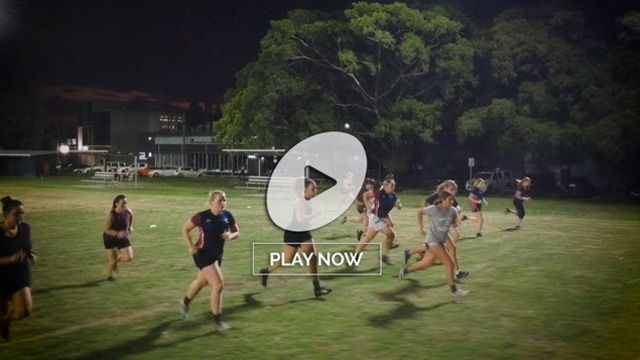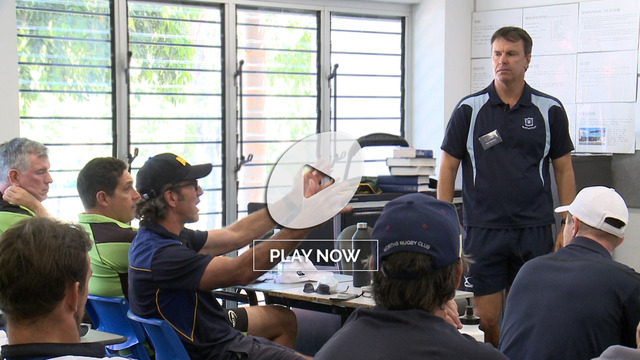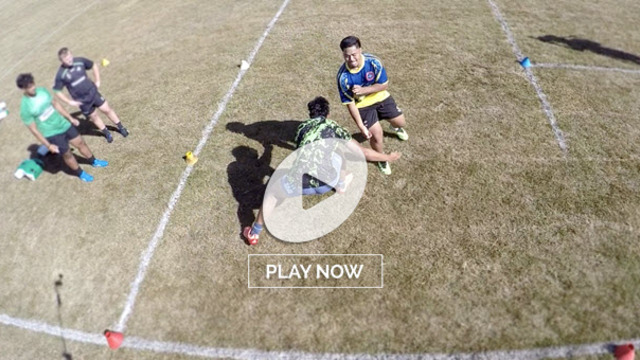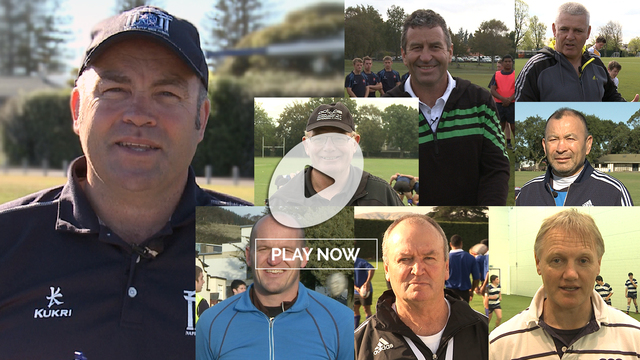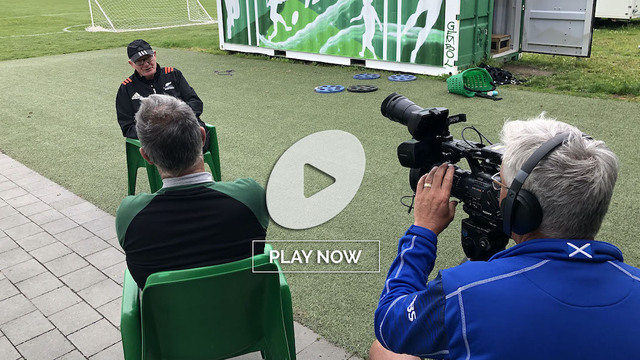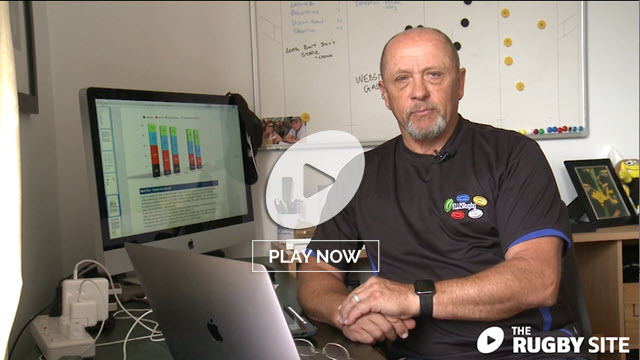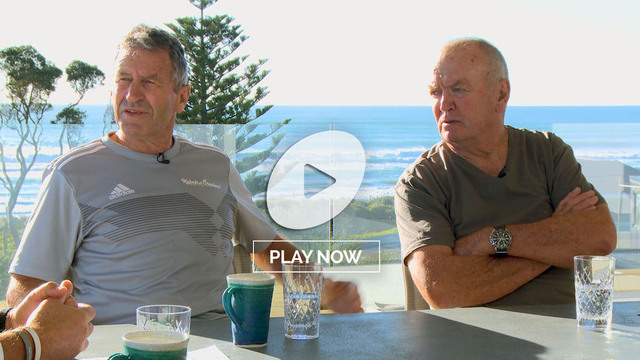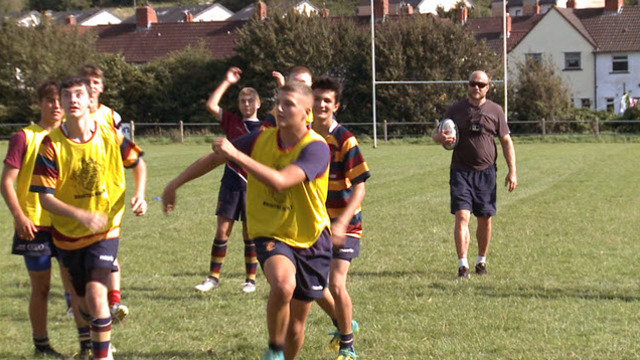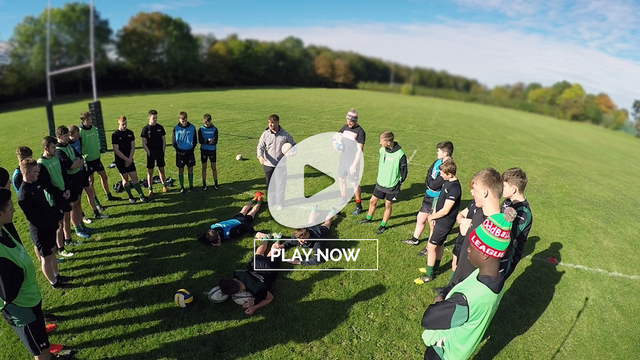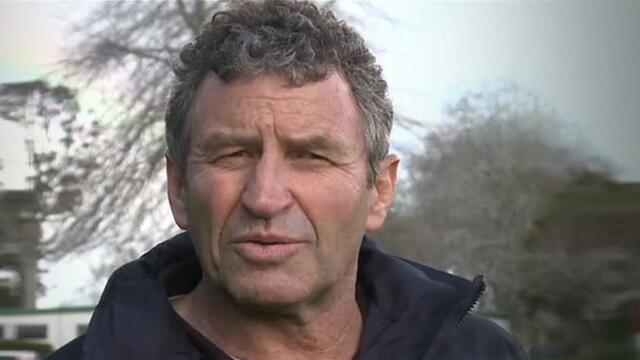Why the Celts are rising again in the European Champions Cup
It appeared to be all over for the Celtic Nations when the Heineken Cup morphed into the European Champions Cup in October 2014. After a bitter and prolonged political struggle the English and French clubs took the competition by the scruff of the neck.
They won the right to run the tournament themselves and negotiate their own TV contracts without interference from the previous Union-based administrative body, ERC Ltd.
Back in 2005, the top nine provinces in the eleven-team Celtic League had been guaranteed entry to the top European tournament, to be joined by two more automatic qualifiers from Italy. In contrast, the top six clubs apiece from the English Premiership and French Top 14 were forced to qualify for their spots in the competition.
Where clubs from the Celtic nations could rest players and taper their peak towards European performance, their English and French counterparts had to endure the hard slog of playing week-in, week-out to both keep their heads above water in their domestic leagues while trying to make progress in Europe.
During this period, fifteen out forty semi-finalists were from the Celtic Nations (38%), with Irish provinces winning the tournament on five out of ten occasions (50%).
That all changed in 2014. While the top six from the English Premiership and Top 14 leagues qualified as before (with a seventh club from either of the two countries joining them after a play-off), only seven places were now allocated to teams from Ireland (three), Wales (two) and Scotland and Italy (one each). The element of competition for ECC spots was now spread evenly across the board.
Over the past two seasons in the revamped tournament, history has been rewritten. There has been one English winner and one French winner, while seven of the eight semi-finalists and fifteen of the sixteen quarter-finalists have been either English or French. It has been a monopoly.
The Celts are threatening to overturn that monopoly this term. Teams from Ireland currently lead two of the five pools after three rounds of play, and last weekend produced a succession of significant wins for teams from Ireland and Scotland. Munster thrashed Leicester 38-0 in Limerick, Leinster beat Northampton 37-10 away from home and Ulster dispatched perennial title challengers Clermont 39-22 in Belfast. Of all the results, it was perhaps Glasgow Warriors’ 23-14 win over French champions Racing 92 that was most impressive.
Glasgow does not fit the attritional, defence-based power game model that has been the forte of recent winners like Toulon. They play a movement-based game with a high incidence of second passes made, offloading in the wide channels, back-line attacks from scrums in their own half, and short contestable restarts from both 22 drop-outs and kick-offs on halfway. In short, the Warriors would be comfortable in a Super Rugby setting.
Theirs is a high-risk, high-reward strategy, and it is based on the willingness of their first receiver, #10 Finn Russell to attack right on the advantage line and their collective desire to run the ball in areas where the opposition expect them to kick or play for territory.
The first example from the Racing game comes from a right-side set scrum on the Glasgow 40 metre line.
The play is a good illustration of the basics Gregor Townsend (who is also the Warriors’ head coach) demands in his module on back-line fundamentals – staying square, accelerating to the line, being in position to shift the ball across the body quickly:
• At 11:38 Finn Russell sets up with outside foot forward, and his body angled in towards the passer. This helps him stay square in the early stage of the attack.
• The first two catches – by 10 Russell and 13 Alex Dunbar – are proactive ‘grabs’, receiving the ball as far as possible away from the chest. Dunbar’s receipt is especially important, because for the play to work he has to move the ball on without losing the momentum that will take him into the Racing #10 Dan Carter. He has to stay square, keep moving forward and pass the ball effectively, all in rapid-fire succession. He gets the ball away just before colliding with Carter and that synchronicity allows him to escape from the ‘pick’ on the Racing defender un-penalized.
• Working out the drift. At the start of the play, the Racing 92 back-line defence is angled back, so they are in ‘drift’ mode, ready to push the attack out towards the far side-line. It is only when the receiver of Dunbar’s pass (#14 Tommy Seymour) sees the shoulders of the key defender (#12 Anthony Tuitavake) turn out that he picks his running line, breaking back inside Tuitavake at 11:41 and behind the (legitimate) block of Dunbar to make his cut.
The second example demonstrates Finn Russell’s ability to take the ball to the line and unlock the Racing defence using the techniques described in Gregor Townsend’s module:
Once more Russell is angled towards the passer at 29:32 and ‘outside foot forward’ as the ball is delivered by the Warriors’ scrum-half. Although the pass does not allow him to accelerate on to the ball, his first movement is to shift the ball away from his chest so that he immediately interests the defender in front of him as both a runner and a distributor.
A subtle ‘double pump’ motion fixes his ex-Glasgow team-mate Leone Nakarawa further as Russell enacts another of Townsend’s recommendations to engage Nakarawa fully – he runs towards the outside half of Nakarawa’s body and leaves him no choice but to commit to the tackle. This frees up Dunbar to pierce the gap outside the big Fijian on a short ball.
Russell’s motion towards the outside shoulder is clearly visible from behind the posts:
It is no surprise that Glasgow Warriors are holding the torch for the Celtic nations in the ECC 2017. They have a coach with a Southern Hemisphere mentality, one who embraces the risk-reward matrix rather than avoiding it. This new development may yet ignite a Celtic resurgence in a European rugby landscape dominated increasingly by financial power. “There is no discovery without risk and what you risk reveals what you value.”






